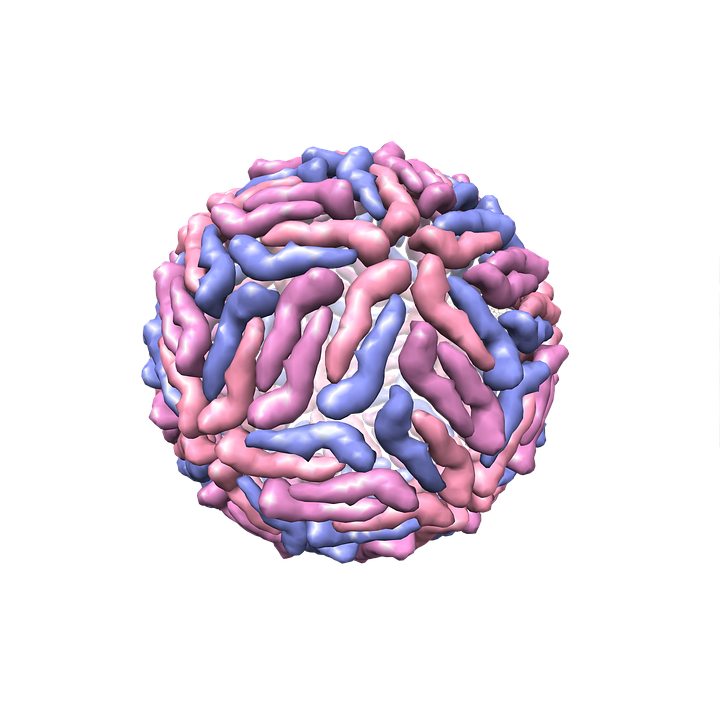DE FAAKTO INTELLIGENCE RESEARCH OBSERVATORY
DE FAAKTO OUTBREAK INTELLIGENCE
SITUATION-DENGUE IN THE AMERICAS SUMMARY
BACKGROUND-DENGUE EPIDEMIOLOGICAL REPORT FOR THE REGION OF THE AMERICAS
PAN AMERICAN HEALTH ORGANIZATION IS REPORTING,
KEY POINTS
- In the Region of the Americas, a total of 560,586 cases of dengue were reported in 2018
- The incidence rate is 57.3 cases per 100,000 population
- There were 336 Dengue deaths reported
- 209,192 (37.3%) cases were laboratory confirmed
- 3,535 (0.63%) were classified as severe dengue
Dengue Recommendations from PAHO
- Intensifying disease surveillance
- Vector control measures to reduce Aedes aegypti mosquito populations that transmit the disease
- Public education & community involvement initiatives
- Ensure that health professionals are trained in the diagnosis of dengue
Dengue Recommendations from CARPHA
- The most effective way to avoid becoming ill from viruses spread by mosquitoes is to prevent mosquito bites. Research carried out by CARPHA and the Pan American Health Organization/World Health Organization (PAHO/WHO) show that drums and tyres are the main mosquito breeding sources
- Actions include covering drums and tanks, cleaning the guttering, removing stagnant water sources, and individuals protecting themselves and their family from bites. Infants, young children, older adults and women who are pregnant or trying to get pregnant should take extra precautions to avoid mosquito bites by using insect repellents containing DEET, Picaridin, IR 3535, and Oil of Lemon Eucalyptus
- De Faakto Outbreak Intelligence CARPA Warning-Caribbean https://defaakto.com/2019/01/21/warning-caribbean-countries-severe-outbreak-of-dengue-fever/
What is Dengue Fever?
- Dengue is a mosquito-borne viral infection causing a severe flu-like illness and, sometimes causing a potentially lethal complication called severe dengue. The incidence of dengue has increased 30-fold over the last 50 years. Up to 50-100 million infections are now estimated to occur annually in over 100 endemic countries, putting almost half of the world’s population at risk. (WHO, 2018)
What are the Symptoms of Dengue Fever?
A person infected by the dengue virus develops severe flu-like symptoms
Individuals should suspect dengue when a high fever (40°C/ 104°F) is accompanied by two of the following symptoms:
Severe headache
Pain behind the eyes
Nausea, Vomiting
Swollen glands
Muscle and joint pains
Rash
Symptoms usually last for 2-7 days, after an incubation period of 4-10 days after the bite from an infected mosquito
Severe dengue is a potentially deadly complication due to plasma leaking, fluid accumulation, respiratory distress, severe bleeding, or organ impairment. The warning signs to look out for occur 3-7 days after the first symptoms in conjunction with a decrease in temperature (below 38°C/ 100°F) include:
Severe abdominal pain
Persistent vomiting
Rapid breathing
Bleeding gums
Blood in vomit
Fatigue, restlessness
The next 24-48 hours of the critical stage can be lethal; proper medical care is needed to avoid complications and risk of death (WHO, 2018)
Treatment
There is no specific treatment for dengue fever.
Patients should seek medical advice, rest and drink plenty of fluids. Paracetamol can be taken to bring down fever and reduce joint pains. However, aspirin or ibuprofen should not be taken since they can increase the risk of bleeding.
For severe dengue, medical care by physicians and nurses experienced with the effects and progression of the disease can frequently save lives. Maintenance of the patient’s circulating fluid volume is the central feature of such care. (WHO, 2018)
Prevention and control
The only current method of controlling or preventing dengue virus transmission is to effectively combat the vector mosquitoes. (WHO, 2018)
http://www.who.int/denguecontrol/human/en/
Dengue Hemorrhagic Fever (DHF) – is a more severe form, seen only in a small proportion of those infected. DHF is a stereotypic illness characterized by 3 phases; febrile phase with high continuous fever usually lasting for less than 7 days; critical phase (plasma leaking) lasting 1-2 days usually apparent when fever comes down, leading to shock if not detected and treated early; convalescence phase lasting 2-5 days with improvement of appetite, bradycardia (slow heart rate), convalescent rash (white patches in red background), often accompanied by generalized itching (more intense in palms and soles), and diuresis (increase urine output). (WHO, 2018)
Dengue Shock Syndrome (DSS) — Shock syndrome is a dangerous complication of dengue infection and is associated with high mortality. Severe dengue occurs as a result of secondary infection with a different virus serotype. Increased vascular permeability, together with myocardial dysfunction and dehydration, contribute to the development of shock, with resultant multiorgan failure. (WHO 2018)
WHO https://www.who.int/en/news-room/fact-sheets/detail/dengue-and-severe-dengue






